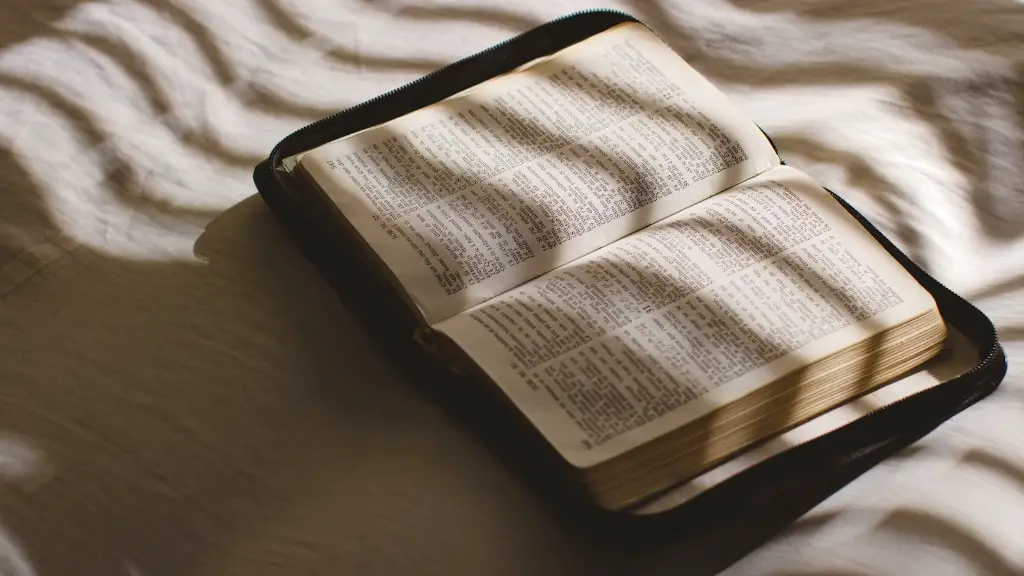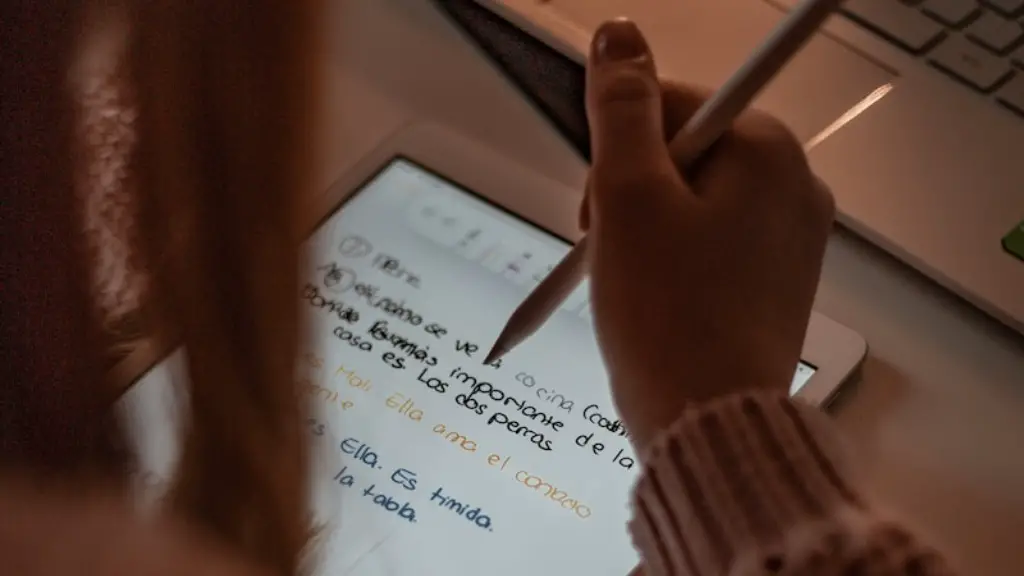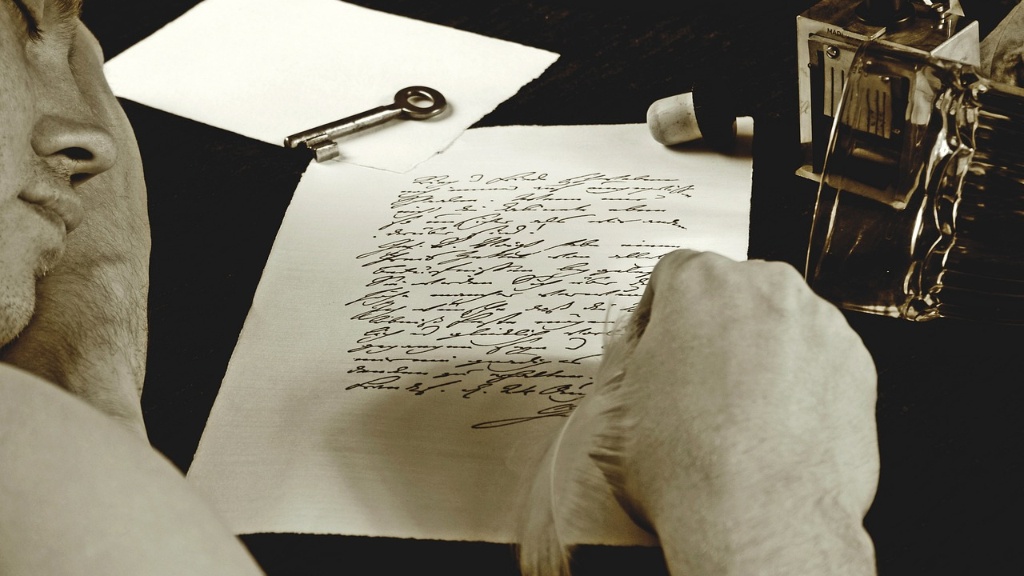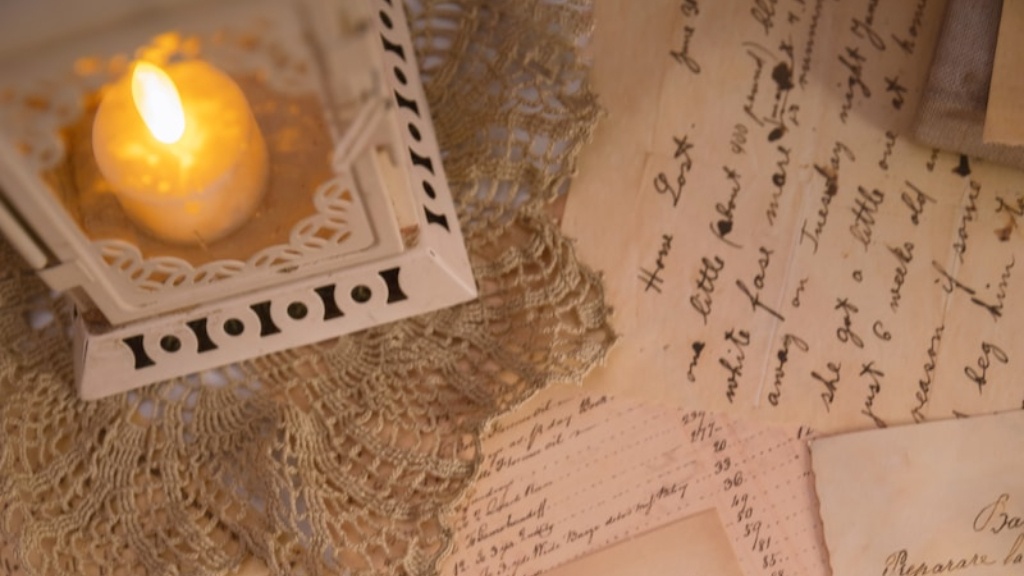Meter in poetry is a musical component of a poem made up of stressed and unstressed syllables. The combination of syllables creates an overall rhythm, like a heartbeat. Stress is the emphasis placed on particular syllables, while rhythm is the combination of stressed and unstressed beats that make a poem sound like music. Poetic meter is important because it provides structure, helps the reader to understand the poem, and makes the poem more enjoyable to read.
Poetic meter is typically divided into two main categories: accentual and syllabic. Accentual meter has a stressed and an unstressed syllable in each line. Syllabic meter has a specific number of syllables in each line, regardless of the number of stresses. Some examples of accentual meter are iambic, trochaic, dactylic, and anapestic, while examples of syllabic meter are monometer, dimeter, trimeter, tetrameter, pentameter, and hexameter.
The most commonly used poetic meter is iambic pentameter, which is five pairs of syllables consisting of an unstressed followed by a stressed syllable. Iambic pentameter is a type of accentual meter and it is used in many forms of literature, including sonnets and Shakespeare plays. There are other forms of poetic meter, such as free verse, which does not have a specific meter, and accentual syllabic verse, which combines accentual and syllabic meters.
When writing a poem, poets use poetic meter to create a particular mood or emotion. For example, a trochaic line might be used to create a feeling of urgency, while an iambic line might be used to create a feeling of calmness or relaxation. Additionally, poets use meter to point out certain words or lines. For example, an anapestic line might be used to emphasize certain words or lines that are vital to the poem. The use of different meters can also help to create an overall structure for the poem.
In addition to helping a poem sound more musical, poetic meter can also make the poem easier to read. By having a set pattern of stressed and unstressed syllables, a poem can help the reader follow the poem’s rhythm and keep track of the poem’s meaning. Additionally, the use of poetic meter can help the reader remember the poem, which can make the poem more enjoyable to read.
Simile and Metaphor
Poetic meter is particularly useful when it comes to using simile and metaphor in poetry. Simile and metaphor are comparisons of objects or ideas, and they can be used to give readers a clearer understanding of what the poem is about. By using poetic meter to emphasize certain words or lines, a poet can make certain points about a certain idea or object even clearer.
For example, if a poet wants to emphasize a comparison between an apple and a rose, they might use a trochaic line structure to draw attention to the comparison. This type of meter helps to draw attention to the words being compared, and the reader is more likely to remember the comparison.
Rhythm and Tone
In addition to helping create structure and helping to emphasize specific words or ideas, poetic meter can also help to create a particular tone or a sense of rhythm. Poetic meter helps to create a sense of rhythm because it helps the reader to predict which words will be stressed and which words will be unstressed, which can create a steady, repetitive rhythm. Additionally, the use of poetic meter can help to create a particular tone or mood because certain meters can evoke certain feelings, such as excitement or calmness.
For example, iambic pentameter is often used to create an air of dignity and formality, while trochaic meter is often used to create a feeling of urgency. This shows that the poet can use poetic meter to intentionally create a particular mood or tone.
The Benefits of Poetic Meter
Overall, poetic meter is a useful tool for poets. Meter allows poets to create a sense of rhythm and structure, to help the reader remember the poem and follow its meaning, and to create a particular tone or mood. Additionally, poetic meter can help the poet to emphasize certain words or ideas, and to draw attention to certain comparisons. These features make poetic meter an invaluable tool for creating powerful, meaningful, and memorable poetry.
Writing Meter
Writing a poem in meter can be intimidating, but it doesn’t have to be. In fact, once a poet has chosen a meter, they can then use that meter to create a poem. Many poets find it helpful to write the poem first and then read it through to determine which meter works best. Alternatively, poets can start by picking a meter and writing a poem that fits the meter. In either case, poets should pay attention to the stressed and unstressed syllables in each line, and they should practice writing in meter to determine which type works best for them.
Evaluating Meter
When evaluating the meter of a poem, it is important to consider whether the meter fits the poem and its meaning. For example, a poem about a light-hearted romance should have a meter that conveys a feeling of joy and happiness. Alternatively, a poem about a tragic event should have a meter that conveys sadness and despair. It is also important to consider whether the poem’s meter matches its tone and mood. Additionally, it is important to pay attention to the structure of the poem and make sure that the meter does not distract from the poem’s message.
Different Types of Poems
Meter can be used in many different types of poetry. For example, it can be used in sonnets, ballads, and villanelles. Meter can also be used in free verse, which is a type of poetry that does not have a set meter, but still has a rhythmic pattern. Additionally, meter can be used in traditional forms such as haikus and limericks. Each of these forms has its own unique meter, and poets should consider which type of meter best fits the poem they want to write.
The Power of Poetry
Poetic meter is not only useful for creating musical poetry; it is also a powerful tool for conveying meaning. By using rhythm and meter, poets can emphasize certain words or lines, create a particular tone or mood, and draw attention to certain images or comparisons. Additionally, meter can help to create structure and make a poem easier to read. All of these aspects of poetic meter make it an invaluable tool for poets of all levels.



